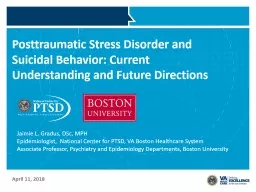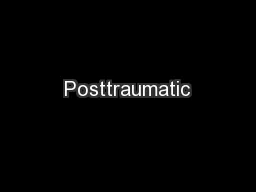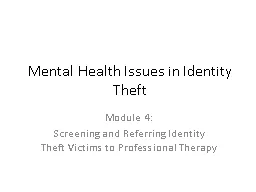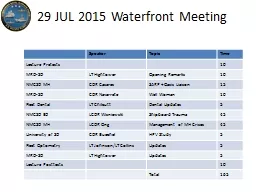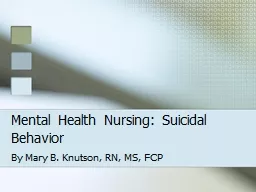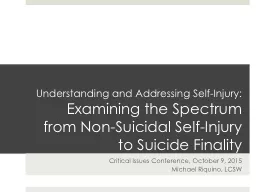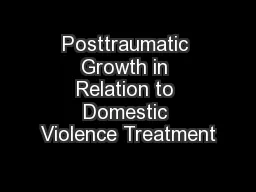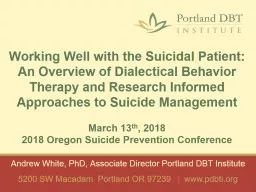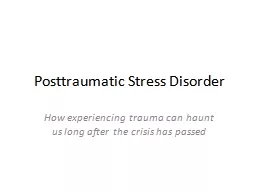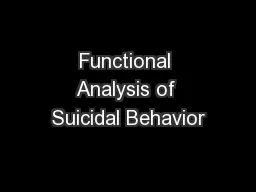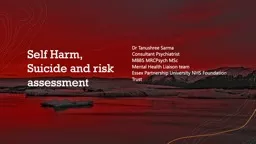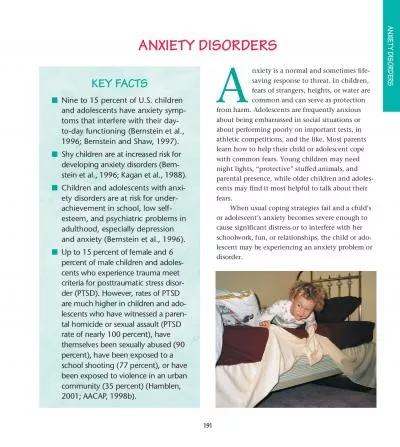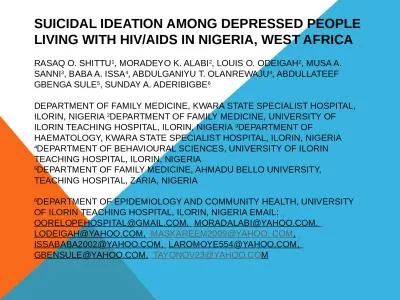PPT-Posttraumatic Stress Disorder and Suicidal Behavior: Current Understanding and Future
Author : test | Published Date : 2019-06-25
April 11 2018 Jaimie L Gradus DSc MPH Epidemiologist National Center for PTSD VA Boston Healthcare System Associate Professor Psychiatry and Epidemiology Departments
Presentation Embed Code
Download Presentation
Download Presentation The PPT/PDF document "Posttraumatic Stress Disorder and Suicid..." is the property of its rightful owner. Permission is granted to download and print the materials on this website for personal, non-commercial use only, and to display it on your personal computer provided you do not modify the materials and that you retain all copyright notices contained in the materials. By downloading content from our website, you accept the terms of this agreement.
Posttraumatic Stress Disorder and Suicidal Behavior: Current Understanding and Future: Transcript
Download Rules Of Document
"Posttraumatic Stress Disorder and Suicidal Behavior: Current Understanding and Future"The content belongs to its owner. You may download and print it for personal use, without modification, and keep all copyright notices. By downloading, you agree to these terms.
Related Documents

